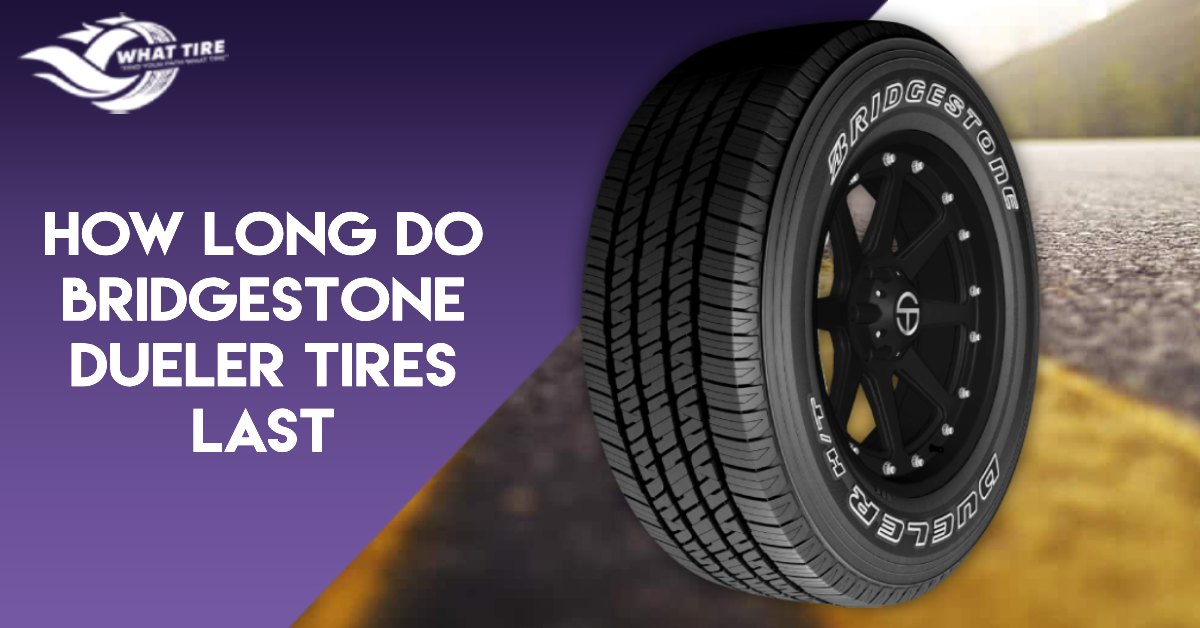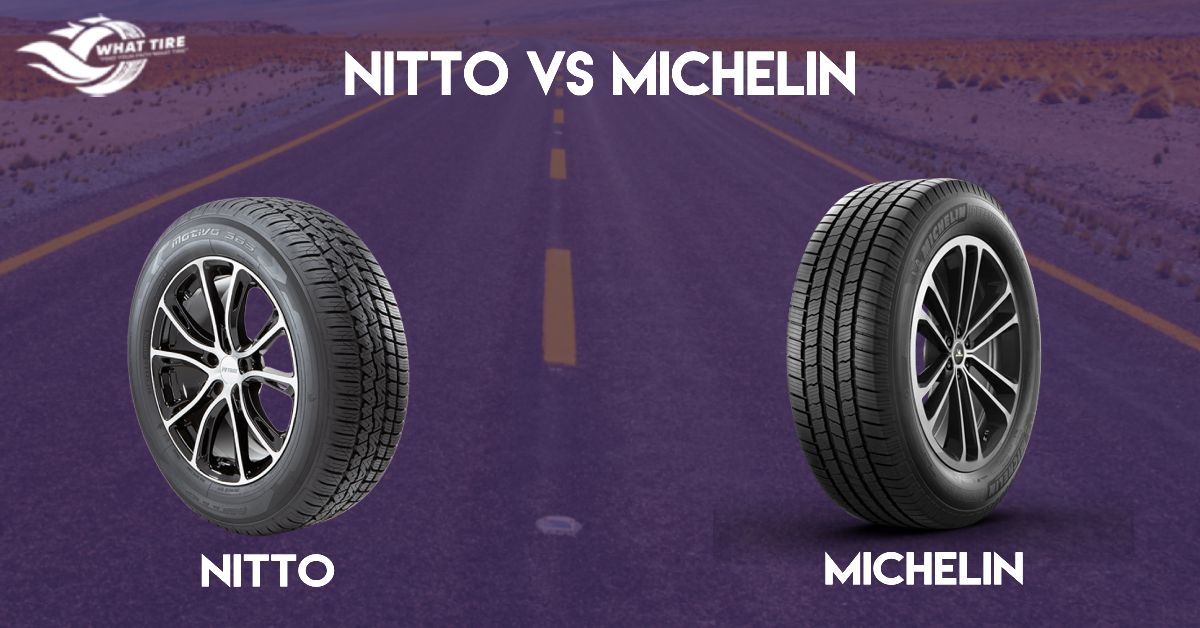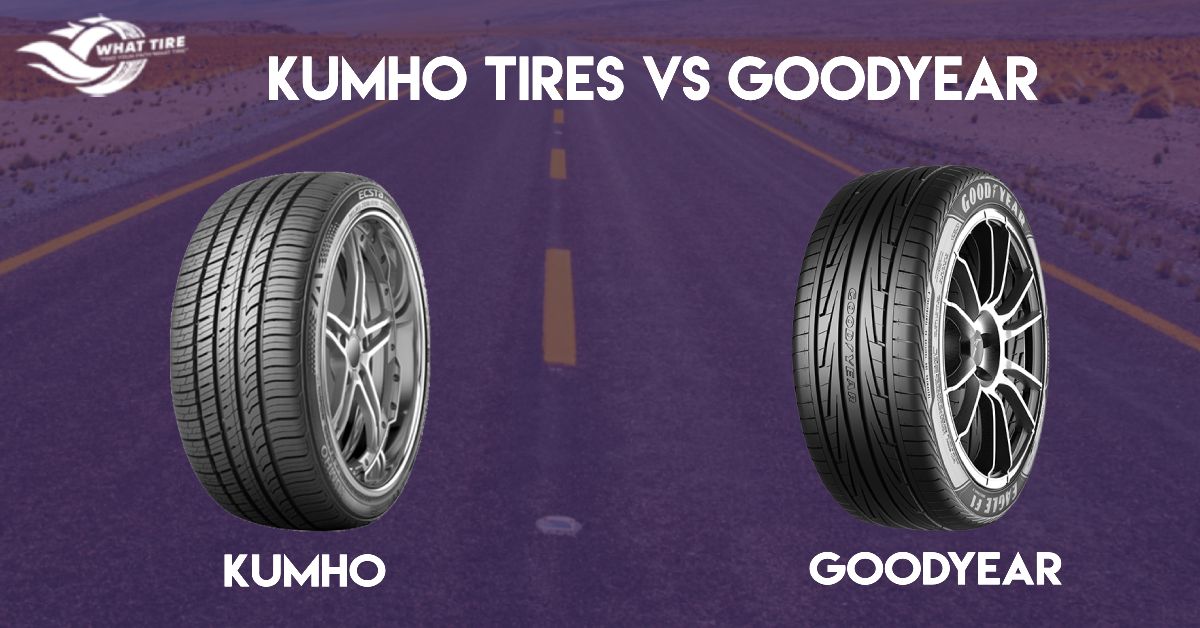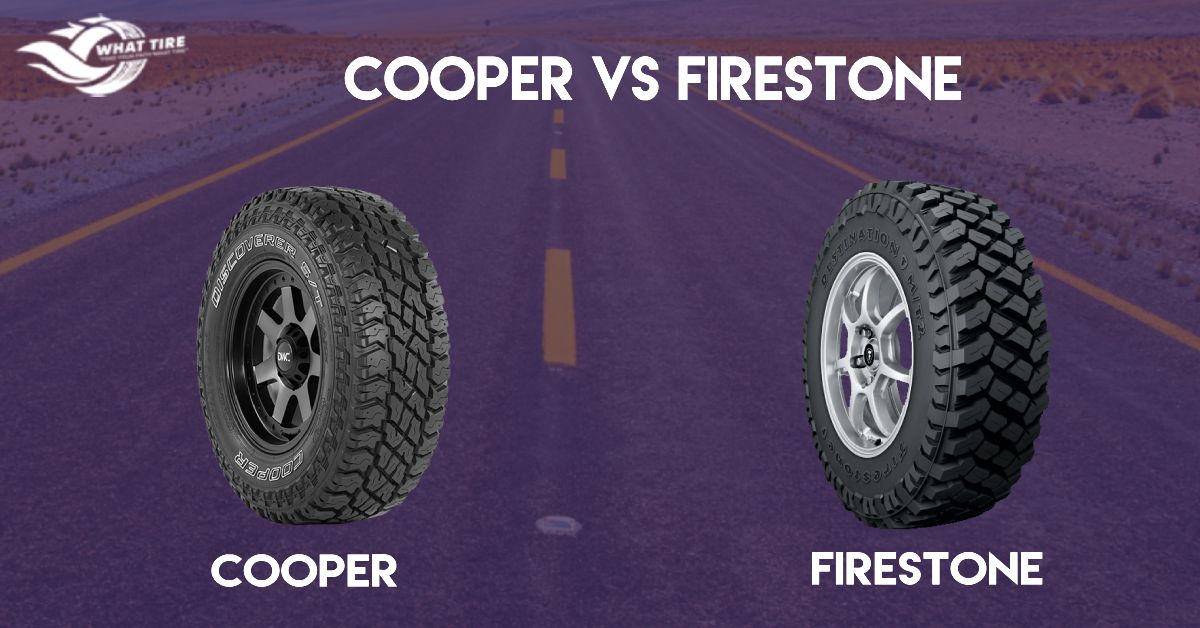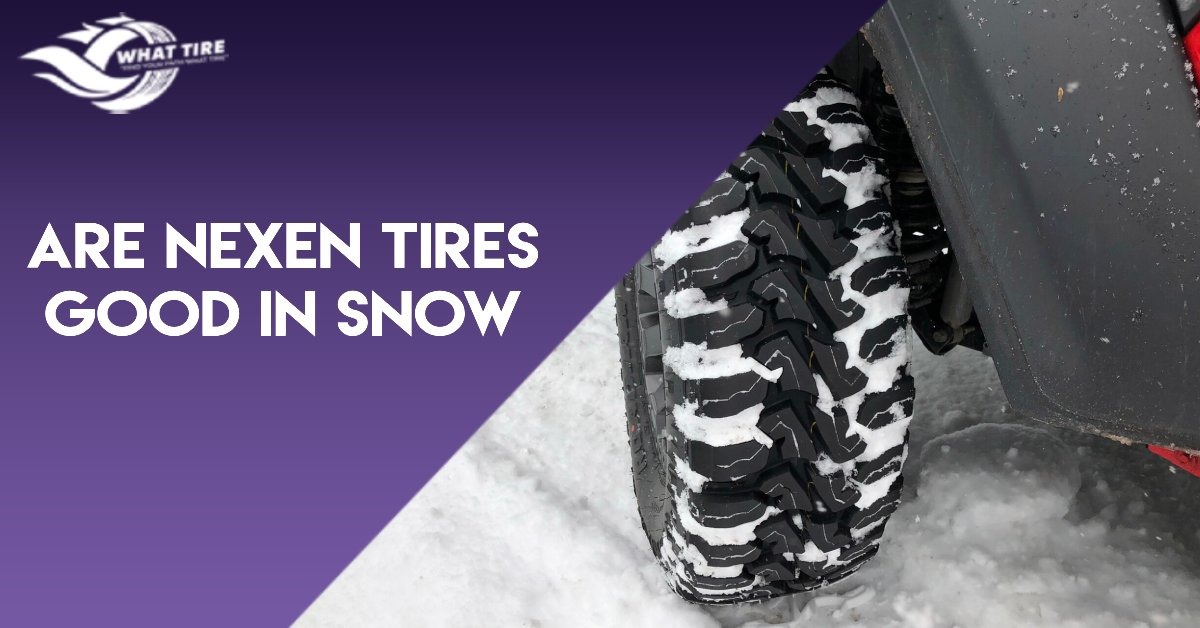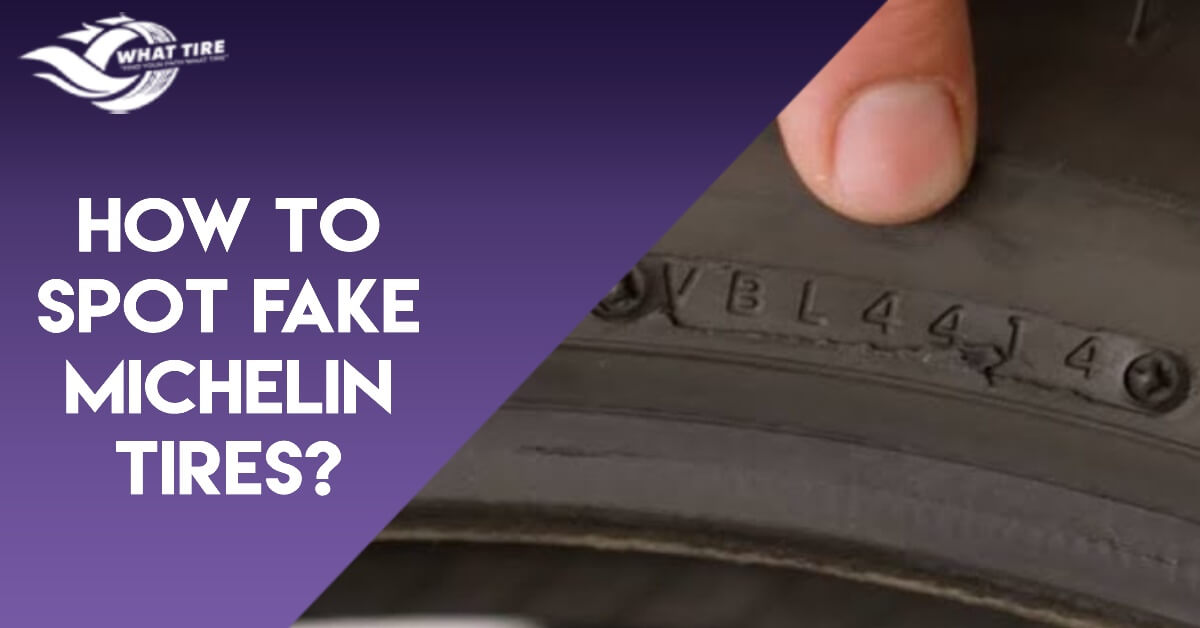In the world of tires, Michelin has long been a symbol of quality and reliability. But here’s the catch: counterfeit Michelin tire products are out there, posing a real threat to both your safety and your budget.
Protect your vehicle, your wallet, and your peace of mind by unraveling the mystery of counterfeit Michelin tires with us. Let’s get started on this journey to find out how to spot fake Michelin tires.
This blog post is all about recognizing fake Michelin tire products right from the start. We’ll delve into the existence of these counterfeits and the risks they carry, equipping you with the essential knowledge to make informed choices.
Table of Contents
ToggleAre There Fake Michelin Tires?
It might come as a surprise, but the answer is yes—there are indeed counterfeit Michelin tires circulating in the market.
Michelin’s reputation for manufacturing high-quality tires has made it a prime target for counterfeiters looking to profit from unsuspecting consumers.
These fake Michelin tires are often designed to closely mimic the appearance of genuine Michelin products, making them challenging to spot with the naked eye.
Counterfeit Michelin tires can be found in various markets, including online marketplaces, unauthorized dealers, and even local tire shops.
The sellers of these counterfeit tires are often skilled at deception, making it essential for consumers to be vigilant when shopping for tires.
So, why are counterfeit Michelin tires a concern? First and foremost, these counterfeit products do not meet the rigorous quality and safety standards set by Michelin.
They are often manufactured using subpar materials and processes, which can lead to several risks and problems for drivers.
Potential risks and issues associated with counterfeit Michelin tires:
- Reduced Safety: Counterfeit tires may not offer the same level of safety as genuine Michelin tires. Their construction and materials may not withstand the stresses and strains of everyday driving, increasing the risk of accidents and blowouts.
- Poor Performance: Counterfeit tires often lack the performance characteristics of genuine Michelin products. This can result in reduced traction, handling, and braking capabilities, affecting your vehicle’s overall performance.
- Shortened Lifespan: Counterfeit tires tend to wear out more quickly, leading to premature replacement and additional expenses.
- Voided Warranties: If you unknowingly purchase counterfeit Michelin tires and encounter issues, you may find that your warranties are voided, leaving you responsible for any repairs or replacements.
- Environmental Impact: Counterfeit tires may not meet environmental standards, potentially harming the environment.
The presence of fake Michelin tires underscores the importance of being able to identify authentic products to ensure your safety, your vehicle’s performance, and your peace of mind.
How to Spot Fake Michelin Tires:
Ensuring that the Michelin tires you purchase are genuine is paramount for your safety on the road. Counterfeit Michelin tires may look convincing at first glance, but with the right knowledge and scrutiny, you can spot them.
Here are eight essential tips to help you identify fake Michelin tires:
1. Examine the Branding and Logo
The Michelin logo is a trademark of quality, and counterfeiters often struggle to replicate it with the same precision as the genuine product. To identify genuine Michelin tires, inspect the logo on the tire sidewall closely.
Pay attention to the following details:
- Font and Spacing: Genuine Michelin tires have a consistent font style and spacing within the logo. Counterfeit tires may exhibit variations in the font, uneven spacing, or distorted characters.
- Overall Quality: Authentic Michelin logos are crisp and well-defined. They typically have clean, sharp lines. Counterfeit tires, on the other hand, may have imperfections like blurred edges, uneven strokes, or a lack of clarity.
- Logo Placement: Genuine Michelin tires always feature the logo in the correct, standard position on the sidewall. Counterfeit tires may position the logo inaccurately or at an unusual angle.
Paying close attention to these logo characteristics can help you spot potential counterfeit tires more easily.
2. Check the Sidewall Information
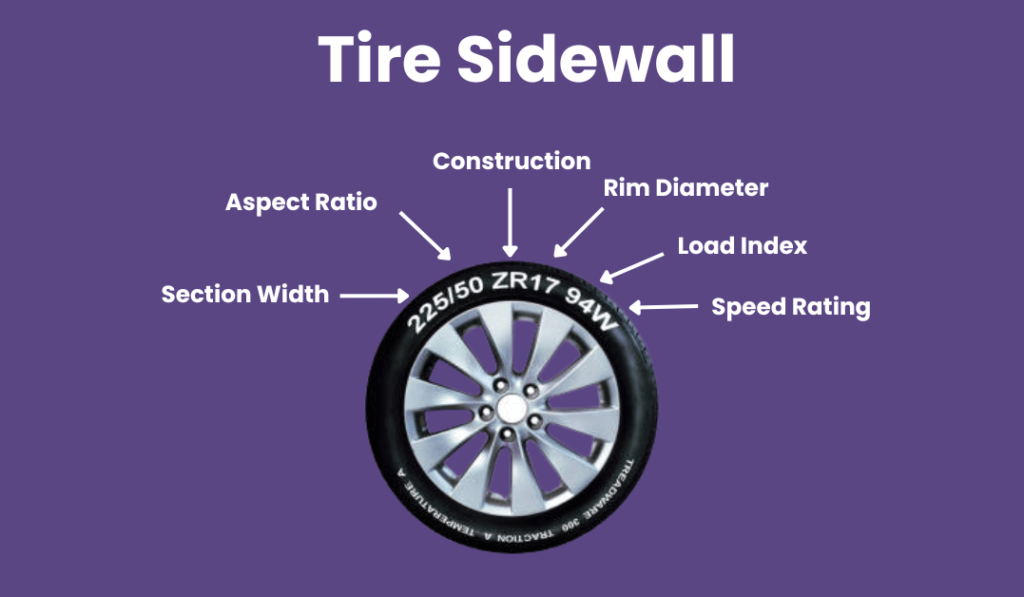
The sidewall of a tire contains crucial information that indicates its specifications and suitability for your vehicle. Authentic Michelin tires provide accurate sidewall information, including:
- Tire Size: This should match the size specifications recommended for your vehicle. Counterfeit tires may display incorrect size information, which can affect your vehicle’s handling and safety.
- Load Rating: The load rating indicates the maximum weight the tire can support. Ensure it aligns with your vehicle’s requirements. Counterfeit tires might have inaccurate load ratings, which can lead to overloading and tire failure.
- Speed Rating: The speed rating indicates the maximum safe speed at which the tire can be driven. Make sure it matches your vehicle’s speed requirements. Counterfeit tires may display incorrect or missing speed ratings.
Inspecting this sidewall information thoroughly and cross-referencing it with your vehicle’s specifications can help you avoid counterfeit Michelin tires that may not meet the necessary standards for your vehicle.
3. Tread Pattern Consistency
The tread pattern on Michelin tires is carefully designed to optimize performance and safety.
To check for consistency and authenticity, compare the tread pattern of the tire in question with an image of a genuine Michelin tire of the same model, which can often be found on Michelin’s official website or product catalog.
- Variations in Depth: Counterfeit tires may exhibit irregularities in the depth of the tread pattern. Inconsistent depth can result in uneven wear and compromised traction.
- Spacing: Genuine Michelin tires have a uniform tread pattern with consistent spacing between treads. Counterfeit tires may show variations in spacing, which can affect handling and performance.
Ensuring the tread pattern matches the reference image closely can help you identify potential counterfeit Michelin tires and ensure that your tire’s performance aligns with Michelin’s quality standards.
4. Tread Depth Measurement
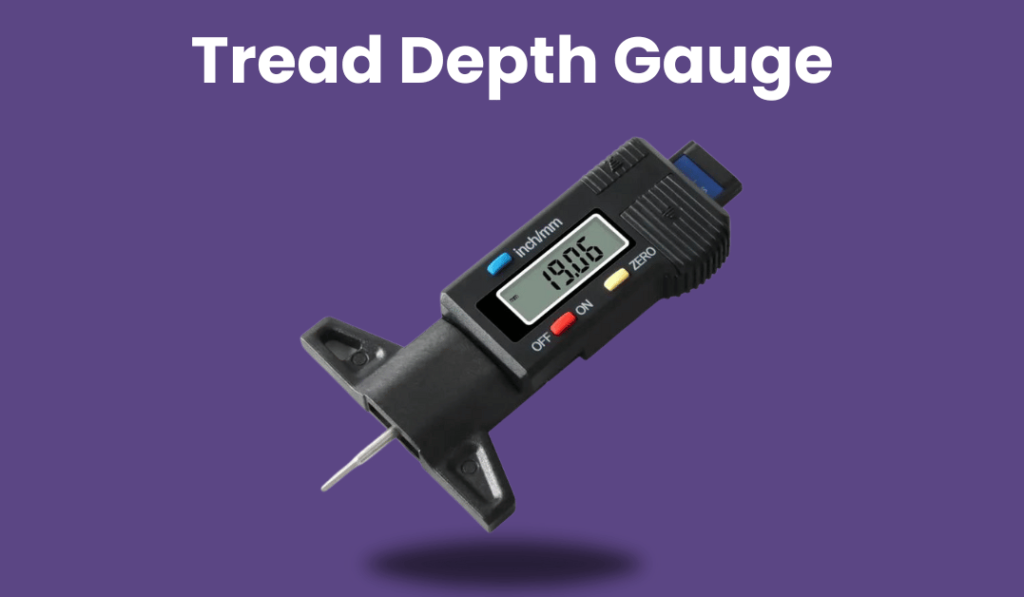
Tread depth is a critical indicator of a tire’s remaining life and performance. To measure it accurately, you’ll need a tread depth gauge.
Genuine Michelin tires adhere to specific tread depth standards set by industry regulations and tread depth on new Michelin tires are set to a specific amount for each tire.
Here’s how to check tread depth:
- Use a Tread Depth Gauge: A tread depth gauge is a simple tool available at most automotive stores. Place the gauge into the tire’s grooves and measure the depth at multiple points across the tire.
- Compare with Manufacturer’s Specifications: Michelin provides recommended minimum tread depth values for their tires. Compare the measured tread depth with these specifications. If the measured depth deviates significantly from Michelin’s guidelines, it could be a sign of a counterfeit tire.
A tread depth significantly below Michelin’s recommended minimum could mean that the tire is either excessively worn or a counterfeit. In either case, it’s essential to address the issue promptly to maintain safe driving conditions.
5. Inspect the DOT Code
The Department of Transportation (DOT) code on the sidewall of a tire contains valuable information, including the tire’s manufacturing date.
The last four digits of this code represent the week and year of production. To verify the tire’s age and authenticity:
- Read the DOT Code: Locate and read the DOT code on the tire sidewall, usually near the edge. Identify the last four digits.
- Check for Consistency: Confirm that the manufacturing date aligns with the tire’s actual age. If the tire appears to be brand new but has a manufacturing date that suggests it’s several years old, it could indicate a counterfeit or potentially unsafe tire.
The DOT code serves as a valuable tool to assess a tire’s age and authenticity. Michelin and other reputable tire manufacturers adhere to industry standards for accurate date coding.
6. Material Quality
Genuine Michelin tires are renowned for their superior rubber materials, known for their durability and performance. To assess the rubber quality and authenticity:
- Texture and Consistency: Carefully feel the tire’s rubber. Authentic Michelin tires have a consistent, high-grade rubber texture that is often smooth and well-finished. Counterfeit tires may feel cheaper, with a coarser or less refined texture.
- Inspect for Inconsistencies: Examine the entire tire surface for any irregularities, such as variations in the color or texture of the rubber. Genuine Michelin tires maintain a uniform appearance.
The material quality of a tire is not just about aesthetics; it directly affects performance, longevity, and safety.
Counterfeit tires may compromise these essential aspects, making it crucial to inspect the rubber composition closely to ensure authenticity and quality.
7. Uniformity and Build Quality
Genuine Michelin tires are renowned for their precision in construction, which contributes to their superior performance and safety.
To assess uniformity and build quality, scrutinize the tire’s overall appearance:
- Bead and Sidewall Construction: Start by inspecting the tire’s sidewalls and the area around the bead (the part of the tire that sits on the wheel rim). Authentic Michelin tires exhibit uniform and well-constructed sidewalls and bead areas.
- Look for Irregularities: Pay close attention to the tire’s surface for any visible irregularities or imperfections in the construction. Genuine Michelin tires maintain a consistent appearance and lack visible flaws.
- Feel for Uniformity: Run your hand along the tire’s surface to feel for any bumps, bulges, or inconsistencies. Authentic Michelin tires should feel smooth and uniform.
Counterfeit tires often fall short in terms of build quality, with noticeable inconsistencies and flaws in their construction. Identifying these irregularities can be a strong indicator of a potential counterfeit tire.
8. QR Codes and Security Features
Michelin, like many reputable tire manufacturers, often incorporates security features such as QR codes and other identifiers to help buyers verify the authenticity of their tires.
Here’s how to make the most of these security features:
- Scan QR Codes: Many Michelin tires now come with QR codes on their packaging or sidewalls. Use a smartphone or tablet to scan these codes. Genuine Michelin tires will often redirect you to Michelin’s official website or app, providing product details and authentication.
- Verify Security Features: Familiarize yourself with any additional security features Michelin uses on its tires. These might include holographic stickers, unique serial numbers, or specific packaging seals. Counterfeit tires are less likely to replicate these features accurately.
- Cross-Check Information: Compare the information obtained from QR codes and security features with the details on the tire itself. Any discrepancies or inconsistencies should raise a red flag and prompt further investigation.
Utilizing QR codes and other security features provided by Michelin is an effective way to confirm the authenticity of your tires and ensure you are purchasing a genuine product that meets the brand’s high-quality standards.
How To Avoid Counterfeit Michelin Tire Scams?
Identifying counterfeit Michelin tires is crucial, but it’s equally important to proactively prevent falling victim to tire scams. To safeguard your vehicle and finances, follow these essential tips when purchasing Michelin tires:
1. Buy from Authorized Dealers and Retailers
Purchase Michelin tires from authorized dealers and well-established retailers. Authorized dealers have a direct relationship with Michelin and adhere to the brand’s quality standards.
Buying from reputable sources reduces the risk of encountering counterfeit products.
2. Verify Product Authenticity
Before finalizing your purchase, verify the authenticity of the Michelin tires you’re considering. You can do this by:
Using Michelin’s official website or mobile app to verify product details using the provided QR codes or unique identifiers.
Cross-checking the tire’s information, including size, model, and markings, with Michelin’s official documentation or online resources.
3. Beware of Unusually Low Prices
While competitive pricing is common, be cautious of deals that seem too good to be true. Counterfeiters often lure buyers with significantly lower prices than those offered by authorized dealers.
If a deal appears exceptionally cheap, it’s a warning sign to investigate further.
4. Check Customer Reviews and Ratings
Online reviews and ratings can provide valuable insights into a seller’s credibility. Read customer reviews and feedback from others who have purchased Michelin tires from the same source.
Consistently negative or suspicious reviews should raise concerns.
5. Inspect the Packaging and Documentation
Counterfeiters may pay less attention to packaging and documentation quality. Genuine Michelin tires typically come with well-designed packaging, detailed user manuals, and warranty information.
Inspect these materials for any signs of poor quality, missing information, or inconsistencies.
6. Seek Professional Advice
If you ever have doubts about the authenticity of a Michelin tire, it’s always a prudent choice to seek expert guidance. Reputable tire dealers and Michelin’s customer service can provide invaluable assistance.
Visit a trusted tire dealer or automotive shop. Experienced professionals at these establishments can inspect the tire in question and provide expert advice based on their knowledge and experience.
Conclusion
Recognizing fake Michelin tire products is an essential skill. Counterfeit Michelin tires pose serious risks to your safety and your vehicle’s performance. By following the tips provided in this guide and being vigilant when making tire purchases, you can protect yourself from falling victim to counterfeit tire scams.
FAQ’s
Check for a unique DOT number, holographic labels, and purchase from authorized dealers.
No, counterfeit tires may lack quality and safety standards, putting you at risk.
Be cautious of unrealistically low prices; genuine Michelin tires are competitively priced.
Yes, real Michelin tires come with a manufacturer’s warranty. Counterfeits won’t offer this.
Use Michelin’s official website or contact their customer service for validation.
Purchase from authorized dealers, reputable tire shops, or Michelin’s official website.
Counterfeit Michelin tires are a concern in some markets. However, purchasing from authorized dealers and reputable retailers significantly reduces the risk of encountering fake products.
Yes, if you suspect you have purchased counterfeit Michelin tires, contact Michelin’s customer service or report the incident to the relevant consumer protection authorities.

